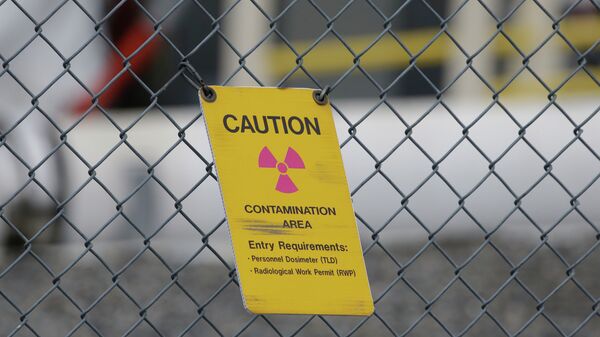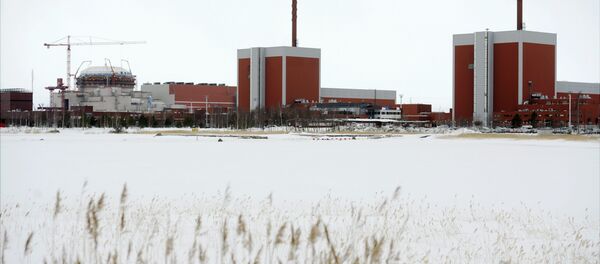After monitoring stations in northern Europe detected an unexplained increase in radiation levels, media outlets were abuzz with possible explanations of what caused it. One of the most popular theories held that the Russians conducted a secret nuclear test not too far from their border with Norway. Thus, the Scandinavian country was the first to detect it. Another scare that circulated maintained that a European nuclear power plants had leaked Iodine-131, contributing to elevated levels of radiation.
However, both theories were debunked by scientists after probing traces of the isotope found across Europe. A number of reasons contribute to the argument that the isotope was not from nuclear weapons testing. There was no seismic boom accompanying the radiation. The iodine-131 isotope was the only radioactive isotope involved in the incident, according to Norway’s Radiation Protection Authority (NRPA). A nuclear test would have left traces of other radioactive isotopes as well. "Since only Iodine-131 was measured, and no other radioactive substances, we think it originates from a pharmaceutical company producing radioactive drugs," NRPA told Motherboard. The radionuclide is used in cancer treatments, NRPA added.
According to French officials who have taken over the reigns of the investigation, nuclear-power facilities have been ruled out as possible source for the radiation, Euractiv reported. "We have only detected iodine," said Jean-Christophe Gariel of the Institute for Radiological Protection and Nuclear Safety. "If there had been an accident like the ones in Fukushima," Gariel said, "we would have had leaks of other substances, like caesium."
The isotope was first detected from the Arctic Circle and then later observed in trace levels over Finland, Poland, Germany, France and Spain. "I can assure you that the levels are low," a spokesperson with the NRPA said.
At one point, the US Air Force sent an airborne nuclear ‘sniffer’ to the region to examine the radioactivity levels, the Aviationist reported. The half-life of the isotope is a mere eight days, and officials have said that the levels present in the atmosphere present virtually zero risk to human health. According to Euractiv, a similar radioactive isotope was released from Budapest "legally and harmlessly" in 2011. Officials believe the source originated in Eastern Europe, but have not reached a final conclusion.




